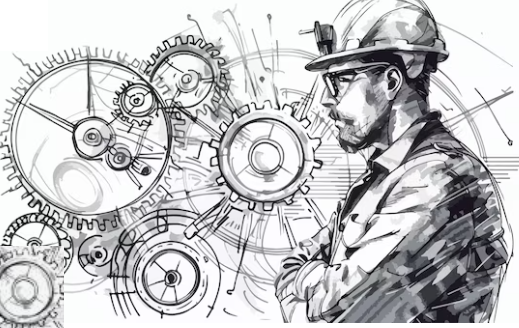DIGITAL DEVICES: CHANGING HOUSEHOLD INTERACTIONS AND SOCIALIZATION IN PAKISTAN
Keywords:
Digital Devices, Household Interactions, Socialization, Family Dynamics, PakistanAbstract
The rapid proliferation of digital devices such as mobile phones and tablets has significantly reshaped patterns of household intera-ction and socialization in Pakistan. Traditionally, family structures in Pakistan have emphasized face-to-face communication, intergenerational bonding, and collective decision-making within joint or extended family systems. However, with the increasing accessibility of affordable smartphones and internet connectivity, family communication patterns are undergoing a profound transformation. This research explores how the widespread use of digital devices is altering social dynamics within households, influencing both intergenerational relationships and broader socialization processes. Drawing on sociological and social work perspectives, the study investigates the dual role of digital devices: as facilitators of connection and as potential disruptors of traditional social bonds. On one hand, mobile and tablet technologies enable family members to maintain contact across geographic distances, provide platforms for virtual learning, and support rapid information exchange. On the other hand, excessive reliance on digital communication often reduces direct interpersonal engagement, weakens intergenerational dialogue, and contributes to challenges such as digital dependency and social isolation within households. The research situates these transformations within the unique socio-cultural context of Pakistan, where values of collectivism, family cohesion, and respect for elders are deeply embedded in everyday life. By examining household-level case studies and survey data, the study highlights emerging patterns of negotiation between traditional cultural norms and modern digital practices. The findings underscore the need for balanced digital use, media literacy, and community-based interventions to strengthen healthy family interactions. Ultimately, this research contributes to understanding how technology-driven social

















